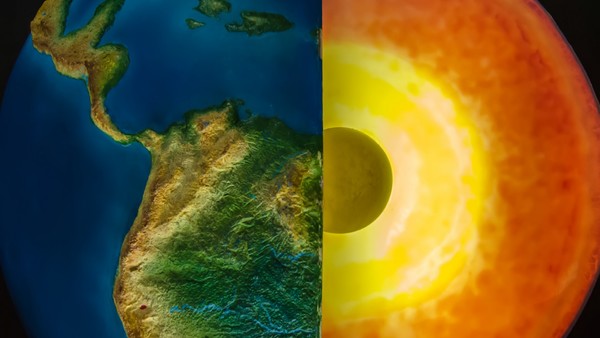9 Weirdest Things Science Has Recently Discovered
8. Earth’s Core Is Two-And-A-Half Years Younger Than Its Crust - And It’s Not Why You Think

The Earth's crust is continually renewing itself, thanks to the movements of the tectonic plates. Despite this, calculations by Ulrik Uggerhøj of Aarhus University in Denmark have put it at about two and a half years older than the Earth's iron core, but it's not for the reason you'd think.
The age difference is actually due to a quality of relativity known as gravitational time dilation, that is, your position within a gravitational field will alter the rate at which time passes for you. This sounds bonkers but it's well established and well tested, although usually to calculate the time difference between the surface of the Earth and objects in orbit around it (such as GPS satellites), rather than deep beneath the surface.
Anyway, the idea that the Earth's core is lagging a few years behind the surface was actually put forwards by Richard Feynman back in the 1960s, although he put the figure at a couple of days.
Recently, Uggerhøj decided to run the numbers and found that every second that ticks by at the Earth's surface passes marginally slower at the core. Over the 4 billion years or so that the Earth has been cruising around the solar system, this added up to two and a half years. This is not because the core is "newer", but because it is literally further back in time.
Incidentally, you can do this with any gravitating mass. The sun, for example, is calculated to have a core that it 40,000 years younger than its surface.
So, if those anti-wrinkle creams aren't working for you, why not go and live at the centre of the Earth to slow the aging process?